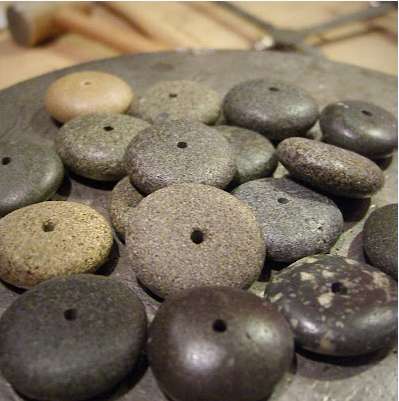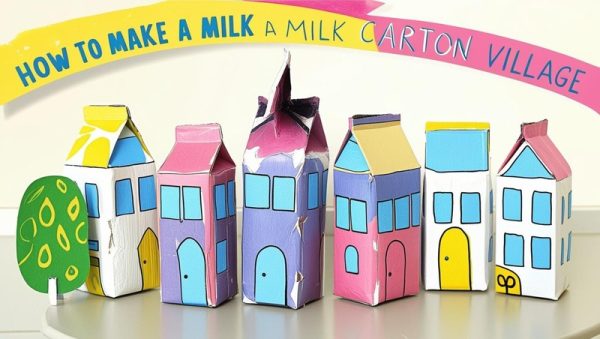
If you’re looking to add a touch of natural beauty to your home decor, then pebbles are a great place to start. These little stones come in all shapes and sizes, and with a little bit of creativity, you can turn them into beautiful works of art.
One of the easiest ways to transform plain pebbles into something special is by drilling holes in them. This may sound daunting at first, but with the right tools and a little bit of practice, it’s actually quite simple.
Unlike wood or metal, pebbles are naturally uneven and can crack easily if you apply too much pressure. To prevent this from happening, start by marking the spot where you want to drill with a pen or marker. Then, fill a bowl with water and submerge the pebble, making sure that the spot you marked is fully covered. The article below goes into more depth.
While challenging pebbles are so pretty the work can be worth it. I collect pebbles at the beach and they are just waiting for me to try this.
Once you’ve drilled your holes, the possibilities for pebble projects are endless. You can string them together to make a unique necklace, create a one-of-a-kind wind chime, or use them to decorate a picture frame. With a little bit of imagination, you can turn even the most ordinary pebbles into something truly extraordinary.
So if you’re looking to add a touch of natural beauty to your home decor, why not give pebble drilling a try? It’s a fun and easy DIY project that’s sure to impress your friends and family. And who knows, you might just discover a new passion for creating beautiful things with your own two hands.
It will have to wait for spring after it stops raining here in SoCal but I can file this away until then.
Rock and roll over to the blog Mindfully Made for the tutorial on how to drill holes in pebbles and see some of the pretty projects you can make with the drilled pebbles.
